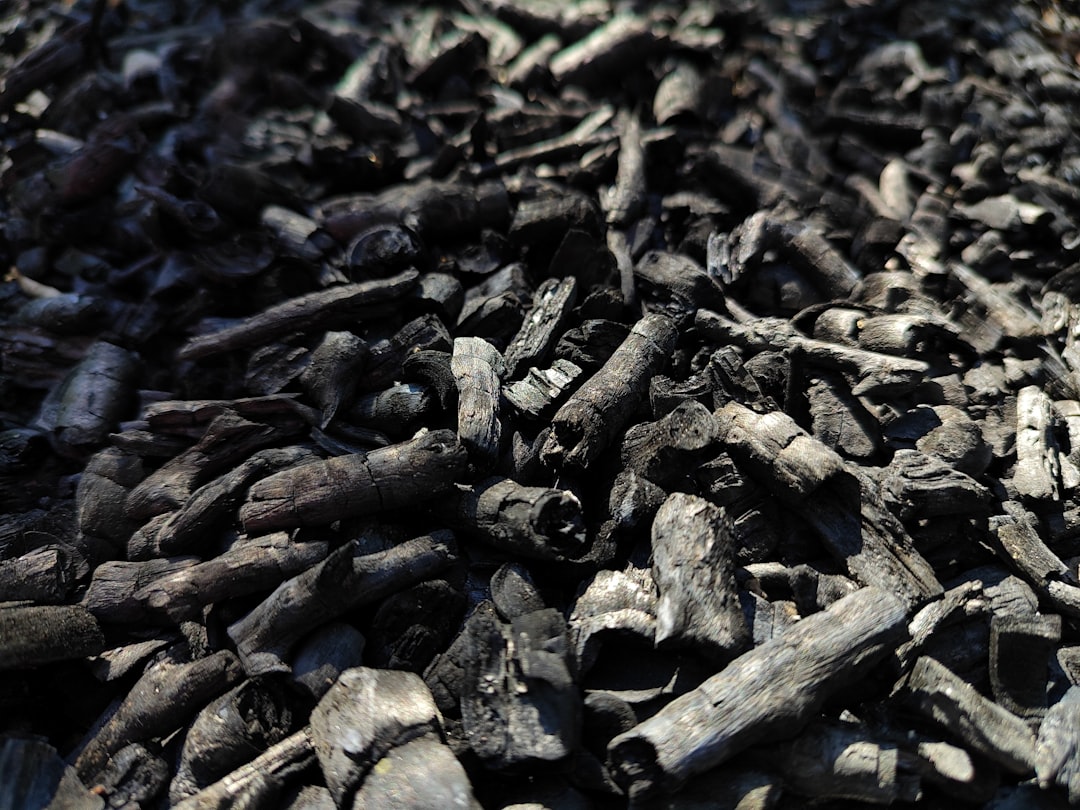What is it about?
The aim of the study was to estimate the influence of long term, whole-body exposure of rats to strong, static electric field with physical parameters generated nearby High Voltage Direct Current (HVDC) transmission lines on the intensity of reactive oxygen species generation analyzed indirectly, basing on the measurement of malone dialdehyde level, as well as on the activity of enzymatic antioxidant defence system. It was observed that long-term exposure of rats to static electric field causes only temporary compensatory changes in the concentration of malone dialdehyde and transient changes in the activity of enzymatic antioxidant system, both in blood and in liver tissue in form of temporary inhibition of activity of most antioxidant enzymes during exposure cycle with subsequent compensatory increase in this activity after the end of exposure cycle, enabling maintenance of prooxidant-antioxidant balance in the organism of experimental animals and inhibition of peroxidation process. Presented data indicate that construction of air HVDC transmission lines according to actual compulsory regulations enables to avoid serious health hazards related to persistent disturbances of prooxidant-antioxidant balance.
Featured Image
Why is it important?
In the experiment it was confirmed for the first time that long-term exposure to strong static electric field causes transient compensatory changes of prooxidant-antioxidant balance in living organisms.
Read the Original
This page is a summary of: Impact of static electric field on prooxidant‐antioxidant balance in rats, COMPEL The International Journal for Computation and Mathematics in Electrical and Electronic Engineering, July 2012, Emerald,
DOI: 10.1108/03321641211227483.
You can read the full text:
Contributors
The following have contributed to this page










